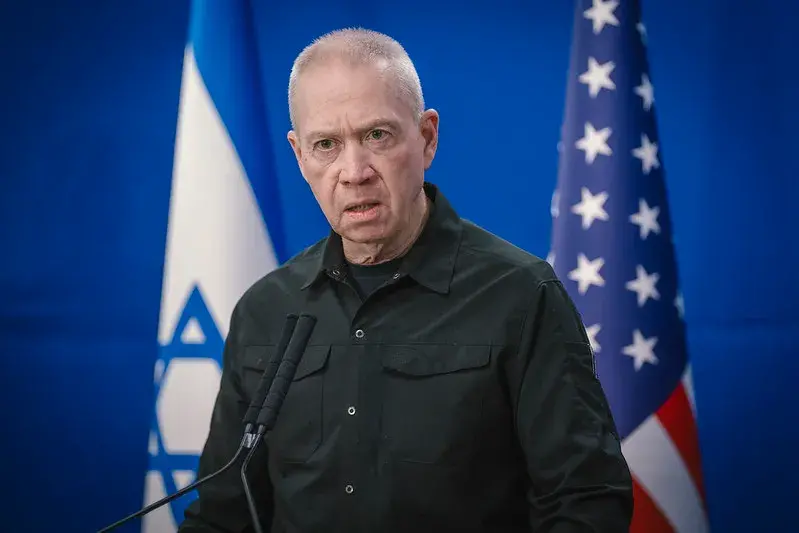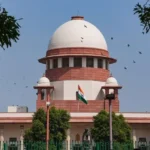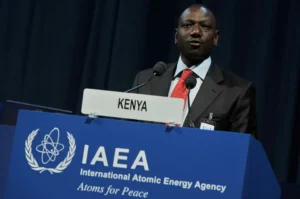Israeli Defense Minister outlines plan for Gaza’s future amidst heightened tensions

Israeli Defense Minister Yoav Gallant has put forward suggestions for the future governance of Gaza once the conflict between Israel and Hamas comes to an end.
According to Gallant, there would be limited Palestinian rule in the territory.
He stated that Hamas would no longer have control over Gaza, and Israel would maintain overall security control.
Despite the publication of the plan, fighting in Gaza has continued, resulting in dozens of casualties in the past 24 hours, as reported by the Hamas-run health ministry.
US Secretary of State Antony Blinken is scheduled to return to the region this week. He is expected to hold discussions with Palestinian officials in the occupied West Bank and Israeli leaders.
This visit takes place amidst heightened tensions in the region following the assassination of top Hamas leader Saleh al-Arouri in Beirut, Lebanon on Tuesday. Israel has neither confirmed nor denied involvement, but widespread blame has been placed on them.
Under Gallant’s “four corner” plan, Israel would maintain overall security control in Gaza.
A multinational force would be responsible for the reconstruction of the territory, which has suffered extensive damage from Israeli bombings.
Egypt, a neighboring country, would also play an unspecified role according to the plan.
However, the document specifies that Palestinians would be in charge of governing the territory.
“Gaza residents are Palestinian, therefore Palestinian bodies will be in charge, with the condition that there will be no hostile actions or threats against the State of Israel,” stated Gallant.
Discussions about the future of Gaza have sparked intense disagreements in Israel.
Some far-right members of Prime Minister Benjamin Netanyahu’s government have suggested encouraging Palestinian citizens to leave Gaza for exile, while reestablishing Jewish settlements in the territory. These proposals have been rejected as “extremist” and “unworkable” by other countries in the region and some of Israel’s allies.
Although Gallant’s proposals may be considered more practical than those put forward by some of his cabinet colleagues, they are likely to be rejected by Palestinian leaders. They argue that Gazans themselves should have full control over the governance of the territory once this devastating war is over.
Netanyahu has not publicly provided detailed thoughts on how he believes Gaza should be governed.
He has suggested that the war in Gaza may continue for several more months, with the aim being to completely crush Hamas.
Gallant’s plan also outlines the Israeli military’s next steps in the war in Gaza.
He stated that the Israel Defense Forces (IDF) would adopt a more targeted approach in the northern part of the Gaza Strip, conducting operations such as raids, tunnel demolitions, and air and ground strikes.
In the south, the Israeli military would continue efforts to locate Hamas leaders and rescue Israeli hostages.
War operations continues
On Thursday, the IDF announced that it had conducted strikes on areas in Gaza’s north and south, including Gaza City and Khan Younis. They claimed to have targeted “terrorist infrastructure” and killed individuals described as militants who had attempted to detonate an explosive near soldiers.
According to the Hamas-run health ministry in Gaza, 125 people were killed in the past 24 hours across the Strip.
In al-Mawasi, to the west of Khan Younis, 14 people, including nine children, were reportedly killed by Israeli airstrikes. This small town has been designated as a “safe space” by Israeli forces for displaced Palestinians. The IDF has not commented on the claims made by Hamas.
Eyewitness Jamal Hamad Salah told Reuters news agency, “We were sleeping at midnight when a strike hit the camp on the tents, 4×2 tents where people were sleeping, most of them children. We found one body there that flew 40 meters away.”
“There is nowhere safe in Gaza,” said Jason Lee, country director for the occupied Palestinian territory at aid agency Save the Children. “Camps, shelters, schools, hospitals, homes, and so-called ‘safe zones’ should not be battlegrounds.”
According to the Hamas-run health ministry, the total number of people killed in Gaza since the start of Israel’s retaliatory campaign has reached over 22,400 as of Thursday. This accounts for almost 1% of the enclave’s 2.3 million population.
Israel launched its offensive after Hamas gunmen carried out a surprise attack on southern Israel on October 7, resulting in the death of 1,200 people, mostly civilians, and the abduction of around 240 individuals.







